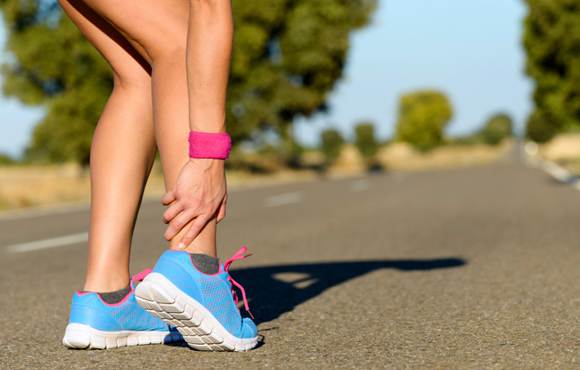Everyone looks forward to the summer after the frigid conditions we experience in Canada. The beautiful weather and the leisure time brings the best out of people, however, the summer months can also bring on heat-related illnesses. These include anything from dehydration, nausea and fatigue to the rare, but more serious, heat stroke. It is common for temperatures to rise in certain workplaces, particularly outdoor professions or where there is heat-generating equipment. This makes it difficult to complete tasks comfortably or adequately. For that reason, it is vital to be aware of the various heat-related signs and symptoms to help you stay protected!
Here is what you should look for:
Heat Cramps:
Heat cramps are painful, brief muscle cramps. Muscles may spasm or jerk involuntarily typically in your calves, thighs, and shoulders. Heat cramps can occur during exercise or work in a hot environment.
Symptoms of Heat Cramps- Muscle spasms that are:
- Painful
- Involuntary
- Brief
- Intermittent
- Usually self-limited (go away on their own)
Treatment for Heat Cramps:
- Rest in a cool place
- Drink cold water or a sports drink that contains electrolytes and salt

Heat Exhaustion:
Heat exhaustion is a heat-related illness that can occur after you’ve been exposed to high temperatures and it often is accompanied by dehydration. There are two kinds of heat exhaustion that you need to be aware of including water depletion and salt depletion. Signs of water depletion include excessive thirst, weakness, headache, and loss of consciousness. Signs of salt depletion include nausea and vomiting, muscle cramps, and dizziness.
Symptoms of Heat Exhaustion:
- Confusion
- Dark-coloured urine (a sign of dehydration)
- Dizziness
- Fainting
- Fatigue
- Headache
- Muscle or abdominal cramps
- Nausea, vomiting, or diarrhea
- Pale skin
- Profuse sweating
- Rapid heartbeat
Treatment for Heat Exhaustion:
- Get out of the heat and avoid it
- Drink plenty of water or fluids that contain electrolytes and salt
- Remove any tight or unnecessary clothing
- Take a cool shower, bath, or sponge bath
- Apply other cooling measures such as fans or ice towels

Heat Stroke:
Heat stroke is the most severe form of heat injury that often occurs as a progression from milder heat-related illnesses, however, it can strike even if you have no previous signs of heat injury. Heat stroke results from prolonged exposure to high temperatures – usually in combination with dehydration – which leads to failure of the body’s temperature control system. The medical definition of heat stroke is a core body temperature greater than 104 degrees fahrenheit, with complications involving the central nervous system.
Symptoms of Heat Stroke:
- Disorientation
- Throbbing headache
- Dizziness and light-headedness
- Lack of sweating despite the heat
- Red, hot, and dry skin
- Muscle weakness or cramps
- Nausea and vomiting
- Rapid heartbeat, which may be either strong or weak
- Rapid, shallow breathing
- Behavioural changes such as confusion, disorientation, or staggering
- Seizures
- Unconsciousness
Treatments for Heat Stroke:
- Fan air over the patient while wetting his or her skin with water from a sponge or garden hose
- Apply ice packs to the patient’s armpits, groin, neck, and back (These areas are rich with blood vessels that are close to the skin and cooling them may reduce body temperature)
- Immerse the patient in cool water or ice bath to help cool the body

Protect Yourself:
If you, or anyone else, have any symptoms of heat-related illnesses, it’s essential to immediately get out of the heat, stay hydrated and rest in a cool or shady place. To prevent these injuries from occurring make sure to use a “buddy” system to watch for signs and symptoms of co-workers. If affected, try to avoid hot weather and heavy exercise until your doctor tells you that it’s safe to resume your normal activities!
